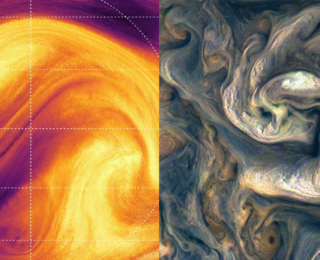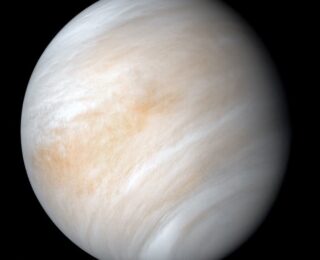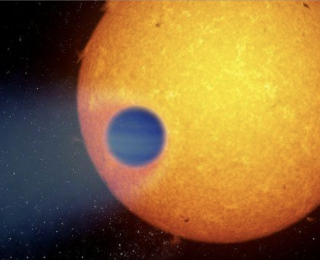
by Yoni Brande | Feb 7, 2024 | Daily Paper Summaries, PRJ
The spectroscopists don’t want you to know that exoplanet atmospheres are actually three-dimensional! Today’s authors use computational climate models to study how we might be able to directly observe different planetary heating processes.

by Aldo Panfichi | Jan 30, 2024 | Daily Paper Summaries
Venus may be quite similar in size and mass as Earth, but its surface conditions could not be any more different! Can a modern space telescope like JWST identify the difference between an exoEarth and an exoVenus?

by Sabina Sagynbayeva | Jan 9, 2024 | Career Navigation, Current Events, Interviews, Personal Experiences
We interviewed Prof. Marta Bryan from the University of Toronto to learn all about exoplanets ahead of her plenary talk at #AAS243!

by Sabina Sagynbayeva | Jan 8, 2024 | Career Navigation, Current Events, Interviews, Personal Experiences
We interviewed Prof. Eve Lee of McGill University to learn all about planet and star formation ahead of her plenary talk at #AAS243!

by Sarah Bodansky | Dec 22, 2023 | Daily Paper Summaries
Why the long tail? Come hear a tale of atmospheric loss on the planet WASP-69b

by Jack Lubin | Dec 4, 2023 | Daily Paper Summaries
Today’s paper creates a new model for predicting the RV scatter from convective blueshift and helps reveal the challenges of finding small exoplanets





